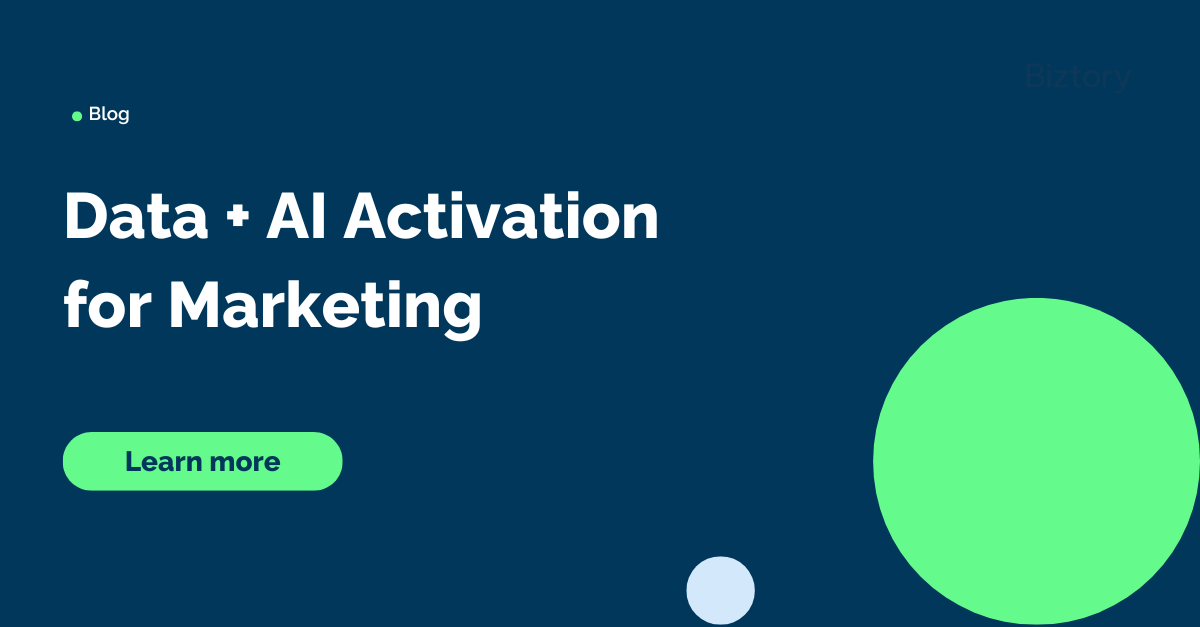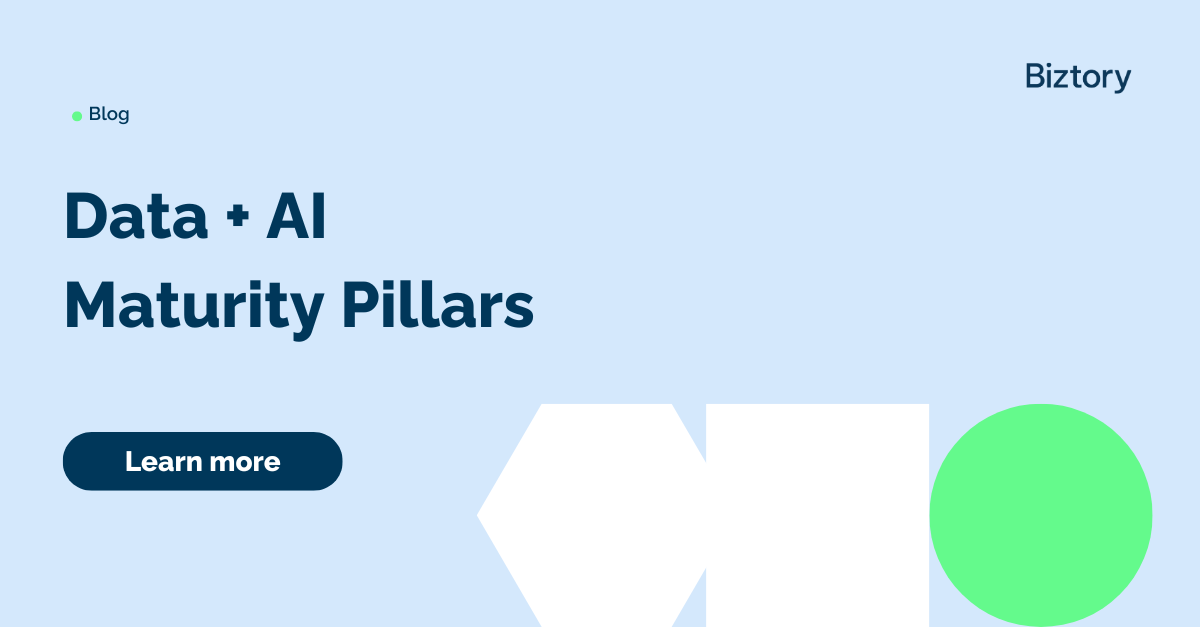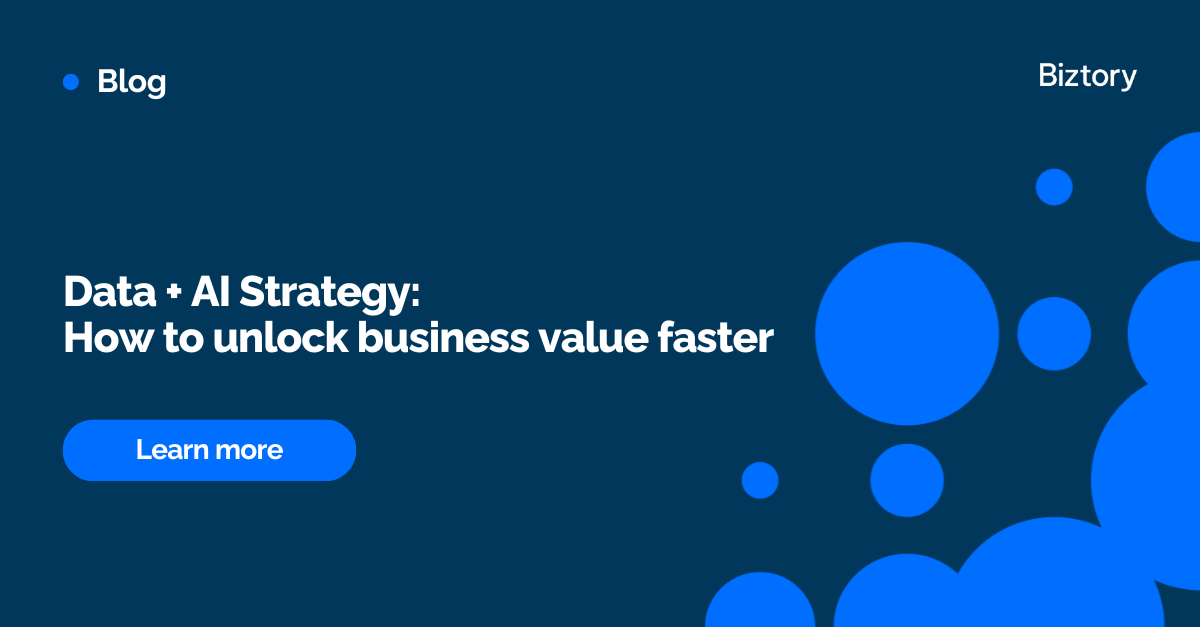Are We Really Becoming More Data-Driven?
For years, we've been hearing about the untapped potential in the data our organizations accumulate. Despite billions in annual spend on data infrastructure, data tools, data warehouse projects, big data initiatives, and data science teams, we have to be honest: most organizations are not significantly more data-driven than they were five to 10 years ago. We have prettier graphs, and they’re updated more frequently, but we aren't truly more data-driven.
There's Hope...
With the advent of data visualization tools like Tableau, QlikView, and Power BI, businesses now have the ability to put their data to work. Where there once were static spreadsheets and cluttered pie charts, now numbers tell us stories. Data once just reported the past — now it guides us forward. One of the first stories I heard about Tableau was of an analyst at Coca-Cola who used Tableau to realize that they were inefficiently pricing their products in one particular market. In an organization the size of Coca-Cola, that one insight about just a few SKUs in just one market helped Coca-Cola to increase its profits in that region by millions.
We don’t know what our data will tell us until we start listening.
Tooling Helps, but Tooling Isn’t Everything
Your insights may vary, of course. Tableau’s ease of use and powerful analytics make it a revolutionary tool, yet getting real value out of your data involves more than better tooling: it requires better processes. It might even require different people, or at least people who are trained to think differently.
Success Requires a Plan
In Biztory’s data visualization work with over 175 companies, we have observed that adopting a new approach to data doesn’t happen by accident. Becoming data-driven requires intentionality, focus, and a clear plan. Often, this takes the form of a dedicated person or team. This new team may be aligned under IT, Operations, or sometimes an organization’s existing business intelligence (BI) group. Often, this team is referred to as a Analytics Center of Excellence, or CoE.
An Analytics CoE makes sure you get the most out of your organization’s richest resources: its data and its people. Much like the librarians in a large library, the CoE acts as a facilitator and resource hub. They are the ones organizing workshops and training their co-workers on how to get the most value out of data. They keep the organization focused and moving where the data leads.
In our experience, the tasks of a Analytics Center of Excellence fall into six areas. We refer to these as the Six Pillars of the Center of Excellence. In this series of blog posts, we aim to outline in a pragmatic fashion what you can do to use this Center of Excellence model to become data-driven.
The Six Pillars of an Analytics Center of Excellence
- Instruction
- Involvement
- Infrastructure
- Integration
- Ideas
- Insight
Empower your organization with intuitive analytics
Tableau is designed to put the user first because data analysis should be about asking questions and not about learning software. With built-in visual best practices, Tableau enables limitless visual data exploration without interrupting the flow of analysis.
As the market-leading choice for modern business intelligence, the Tableau platform is known for taking any kind of data from almost any system and turning it into actionable insights with speed and ease. It’s as simple as dragging and dropping.
We are a full-stack provider and integrator, relying on extensive experience and best practices to find your unique optimal set-up allowing you to tell the data stories you are eager to tell.




